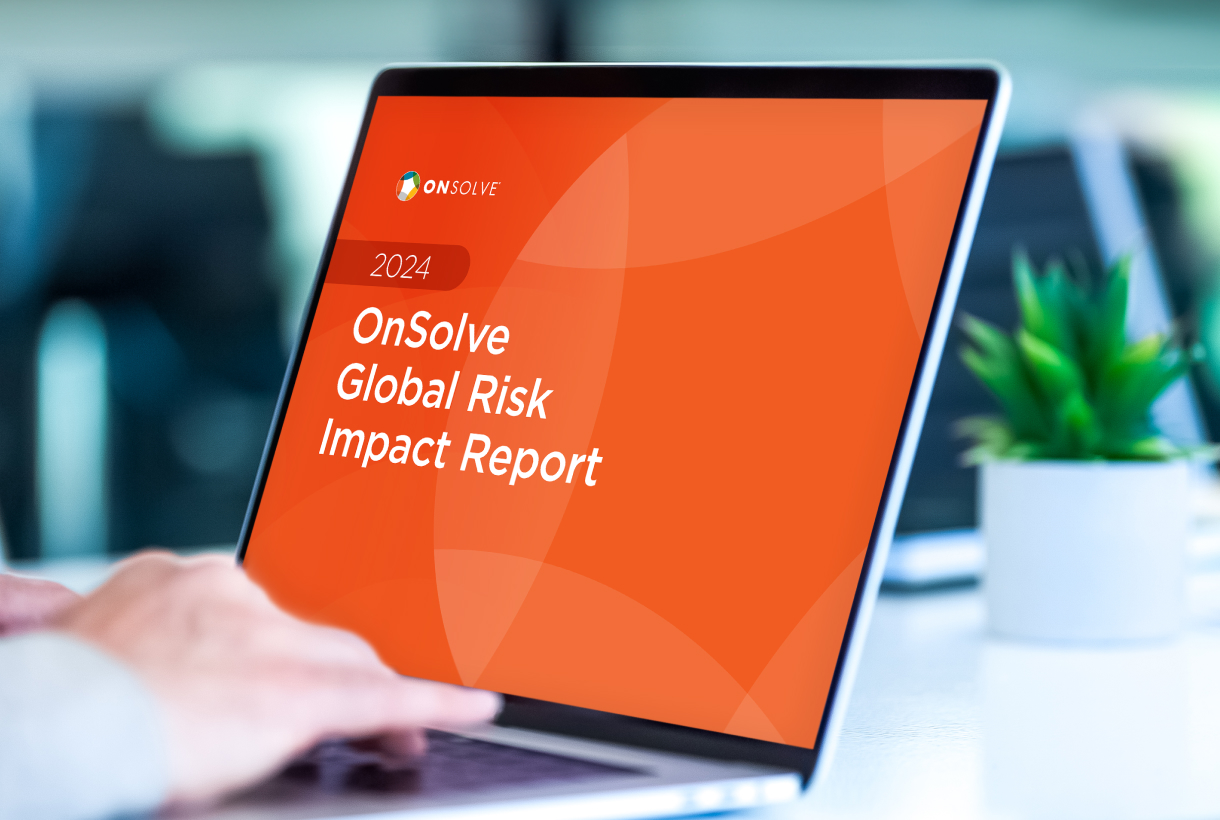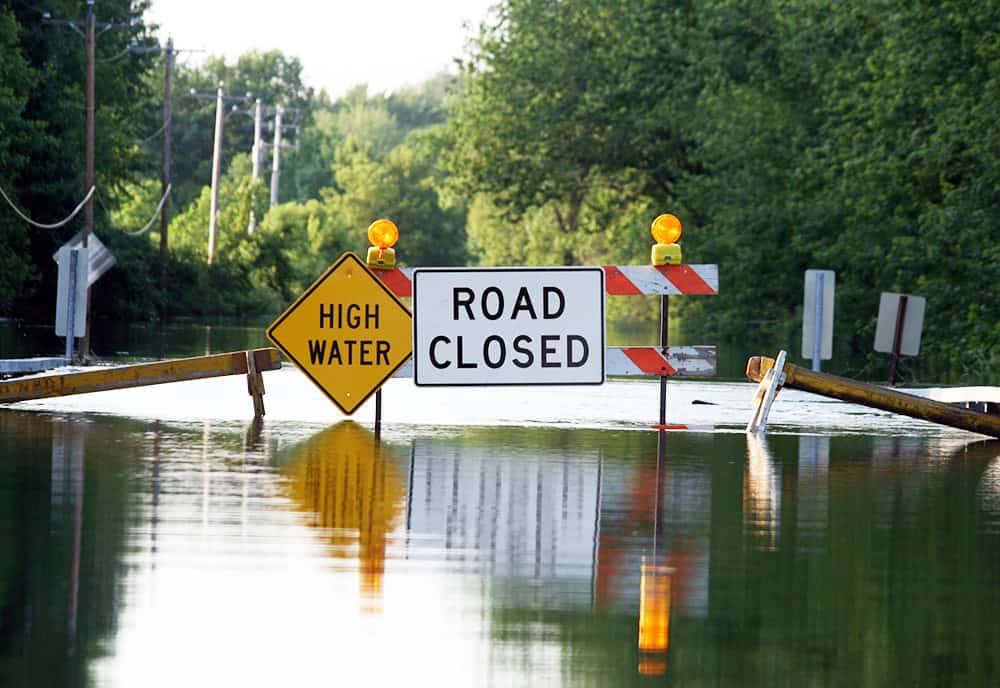As a critical event, flooding presents a unique risk. To respond and recover successfully, communities and organizations must take a meticulous approach to preparation. Identifying your main priorities is an essential first step to improving your ability to effectively manage risk.
Flooding Is a Dynamic Risk
While risk generally has two key components – causation and consequence – dynamic risk is differentiated by the unpredictable nature of both. It’s characterized by rapid change, elements of surprise and follow-on risks that arise out of secondary events hitting from new directions. Expect cascading events, interlocking consequences and damages that often manifest where you least expect them. When reflecting on past experiences with dynamic risk, leaders have said, “We were expecting Risk A, but then we got hit by Risk B.”
For example, in the week following Hurricane Ida in the gulf in Louisiana, one business leader reflected:
“We were expecting Ida to hit the Gulf. We were ready. We had identified our most flood-prone properties. We had adjusted our staffing. We had tested our communications. We had pre-positioned generators and other equipment… But we’ve spent much of the last week scrambling, responding to Ida’s flooding of Manhattan – where we were not prepared.”
This organization’s experience underscores the crux of dynamic risk – it manifests in unpredictable ways that require an agile solution, for both anticipation and resolution. So how do you go about solving this puzzle? Technology is the piece that’s been missing.
2024 Global Risk Impact Report
Every threat can become a cascading, dynamic risk. Learn how making the shift from risk prevention to resilience management can help organizations navigate the unexpected impacts of physical threats and strengthen preparedness.
Prepare, Respond and Recover with Proactive Risk Management
When applied to the dynamic risk of flooding, the right technology solution will deliver capabilities that significantly enhance your ability to mitigate risk, minimize damages and strengthen overall resilience. These capabilities include:
Risk Insights: Access to historical risk data on floods allows organizations to conduct geographical analysis and generate reports on targeted regions or facilities and timeframes. Analysis of flood history makes it easier to identify the locations at greater risk so organizations can plan better and take proactive steps to prepare before the waters rise.
Risk Intelligence: This capability aggregates complex data on any given situation, tracks feeds from thousands of sources, filters out the noise and then synthesizes the data to provide actionable information. This process must happen in real time so fast action can be taken to make a difference.
In the case of flooding, risk intelligence technology can help organizations and agencies more accurately pinpoint locations with increased vulnerability to floodwaters. By considering comprehensive factors such as topography, population density, housing composition and existing infrastructure, risk intelligence can better analyze where, when and how organizations and communities should focus. For example, if a community has a senior care facility in an area located on a low water table with limited access roads, this will likely be a priority group for evacuation. And when the weather pattern shifts suddenly and strikes an area previously predicted to be in the safe zone, risk intelligence helps you pivot faster and analyze the closest available resources to render aid in the new impact area.
Mass Notification: This component gives response teams a reliable means to send targeted, time-sensitive mass notifications to every person in the sphere of impact. To maximize effectiveness, you should be able to deliver geo-targeted, multi-language messages via phone, voicemail, email, SMS and desktop alerts, as well as integrate with IPAWS and other weather alerting systems.
When flooding is imminent, alerts can be sent to residents and workers regarding evacuation routes and resources. If the flood is worse than anticipated, it can be used to apprise everyone on the status of road impasses and utilities outages. As the situation unfolds, two-way communications allow people to mark themselves safe or request assistance. And when families are searching for lost loved ones, rescue workers can quickly get the word out as more people are located and brought to treatment centers and shelters.
Incident Management: This function accelerates and simplifies crisis response by helping response teams mobilize immediately. This makes it more feasible to provide secure, immediate instructions that are easy to escalate as the incident unfolds. During the flood and in its aftermath, overlapping risks and their cascading damages can be addressed proactively, to limit preventable secondary and tertiary fallout. For example, often times on flooded roadways, even after the water recedes far enough to allow crossing, dangerous debris remains just under the surface. Incident management technology can ensure response teams are deployed to high-traffic intersections to render aid to people and animals taken unaware by sharp objects and tangled wreckage.
As a leader and protector of communities, you’re committed to doing everything it takes to prepare for a flood. Technology provides the resources you need to navigate the challenges of today and proactively shore up for tomorrow’s unknowns. Visit the Flood Preparedness Kit for more tips and insights.



